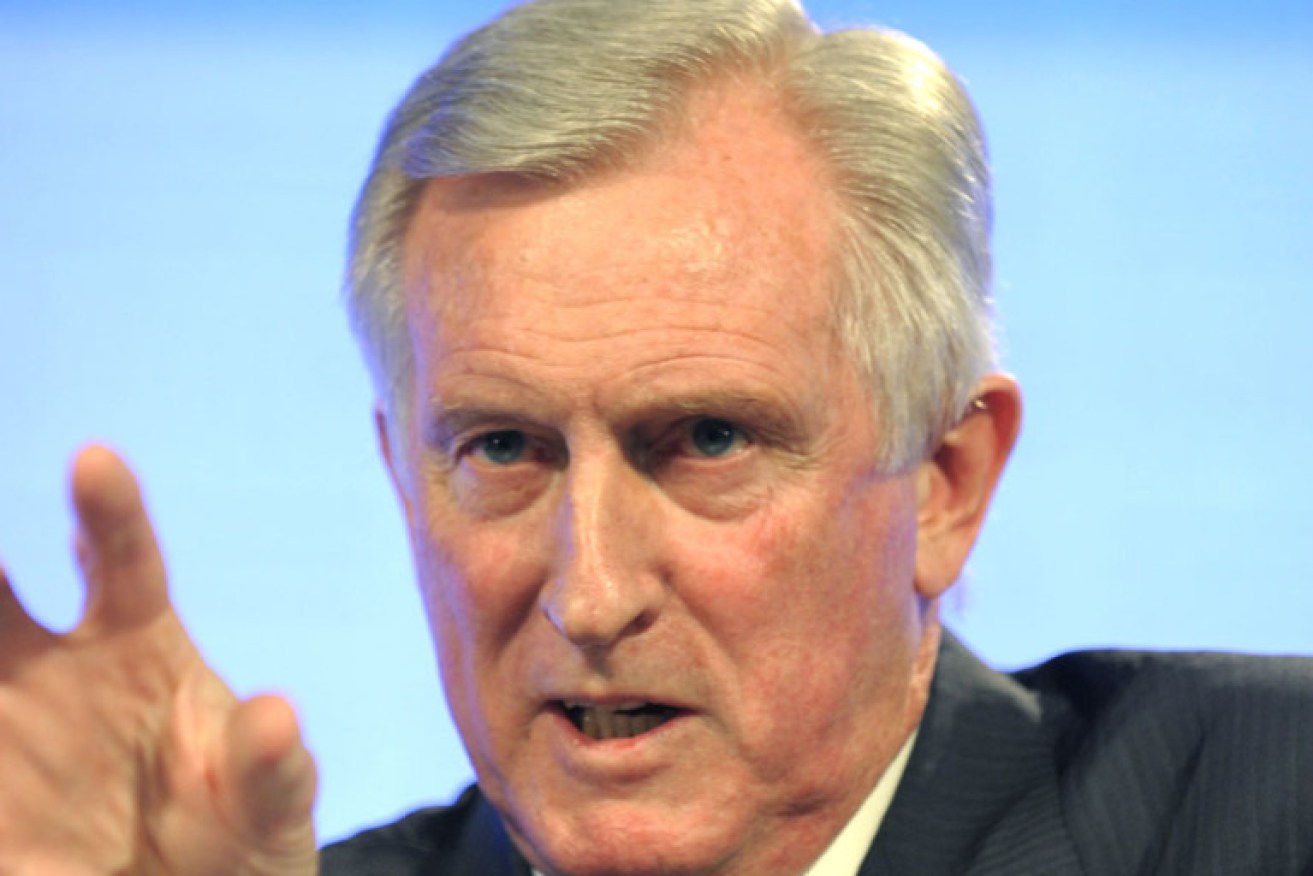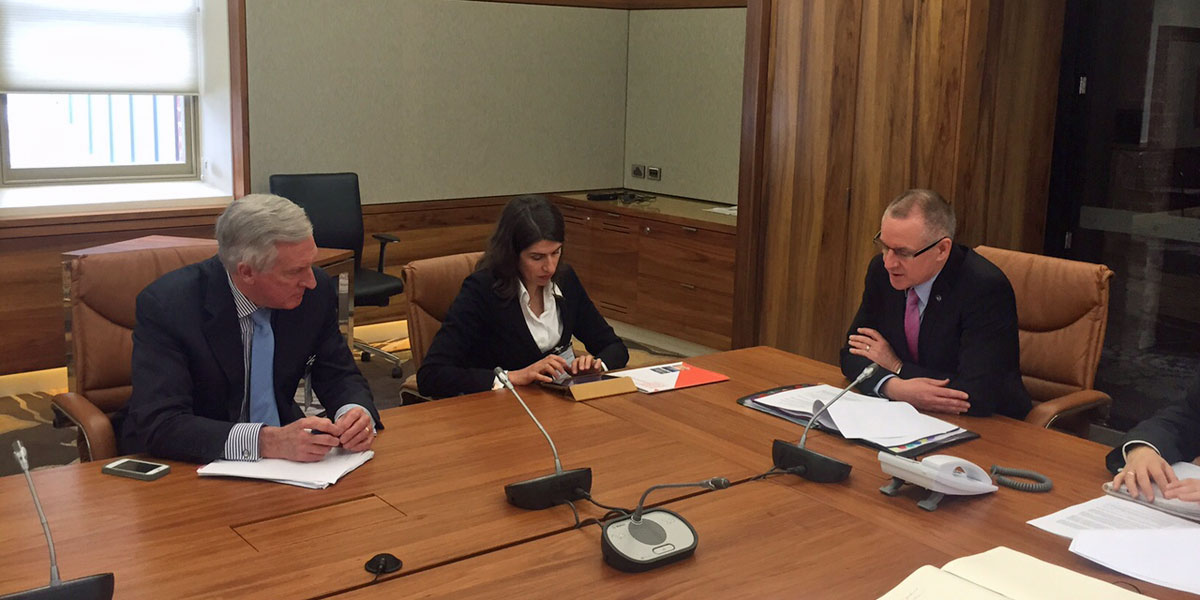The State Government has appointed economist and former Liberal Party leader John Hewson to advise on reducing carbon emissions in the SA economy.
Environment Minister Ian Hunter told InDaily Hewson’s appointment would make use of his business and international connections, and help the Weatherill Government demonstrate bipartisanship on the issue of climate change.
“Dr Hewson has been an outspoken thinker and leader in this area for the best part of a decade or more now … and he’s got connections internationally,” said Hunter.
“More and more we’ve got to engage at an international level because that’s where a lot of this (low-carbon technology) investment is coming from.
“He’s been engaging the senior levels (of) business. We wanted to draw on those connections.
“It’s also very important that we’re trying to make … this more bipartisan.
“This current Federal Government has abandoned that bipartisanship around climate change and renewables.
“(However) the Liberal Government of New South Wales is working with us quite closely on climate change action.
“It’s not a forlorn hope … that there would be some bipartisanship, and Dr Hewson gives us the ability to express that pretty publicly.”
Hewson joins the director of the Australian National University’s centre for climate economics and policy, Professor Frank Jotzo, and the executive director of not-for-profit ClimateWorks, Anna Skarbek, on the Government’s “SA low carbon economy experts” panel.
The appointments were announced as part of the State Government’s consultation on a new climate change strategy, which opens today.
The strategy will aim to attract $4 billion of new low-carbon investment to South Australia by 2025.
The Government believes this can be achieved by taking the opportunity of change in the energy, transport, manufacturing and primary industries, as they become more environmentally friendly.
“South Australia is well-positioned to capitalise on these opportunities by providing servicers such as consulting and education, along with expertise in wind farm or solar technologies that assist in transitioning for low-carbon energy systems,” the government’s strategy reads.
“Clean technology … is an emerging field that provides growth opportunities for the South Australian economy.
“A number of companies have established and are currently involved in the development of renewable energy technologies for various industrial and utility-scale applications.
“In addition, local companies specialising in solar photovoltaic and emerging battery storage solutions are entering the market place and a number of sites in South Australia are being established as demonstration projects for this technology.”
Hunter said changes to state planning legislation had made South Australia the most attractive location for renewable energy generation in the country.
“We’ve passed legislation through parliament to allow wind farms to set up on pastoral lands in the north of the state and to negotiate with the lease holder, for benefit to flow back to the lease holder – but they can’t stop that process.
“We’ve given (renewable energy projects) the same sort of access that you would have for mine developments.
“It has made it easier and more attractive to come to SA than any other place in the country, and that’s why we’ve got about 41 per cent of the nation’s installed wind farms here in South Australia.”
Hunter said the Government’s aim to make Adelaide the world’s first carbon neutral city was achievable.
“Most of the low-hanging fruit in area is to be gained in transport and in buildings,” he said.
“Largely, in buildings, we’re talking about energy consumption.
“We can encourage solar panels (and) we can encourage battery uptake.
“We’re working with council and across govt agencies to come up with a series of plans (involving) bus fleets … LED lighting in the city on street lights, smart lighting and energy efficiencies in buildings.”
Melbourne aims to beat Adelaide to the title by 2020; Copenhagen aims to be carbon neutral by 2025.
In addition, Hunter said: “we’re working on the building upgrade finance legislation … which allows building owners to go off and get a mortgage which they can utilise to make their building more energy efficient, and which will reduce energy costs for their tenants”.
The Government also aims to have half of the state’s electricity generated by renewables by 2025. In 2014, 39 per cent of the state’s electricity generation was generated from renewable sources.
South Australia’s greenhouse gas reduction target, under SA legislation introduced in 2007, is a 60 per cent reduction on 1990 levels by the middle of the century. Greenhouse gas emissions in South Australia in 2012-13 were nine per cent lower than during the 1989/90 financial year.
Submissions on the consultation close on 18 October. The Government is expecting to release a finalised climate strategy by the end of the year.







